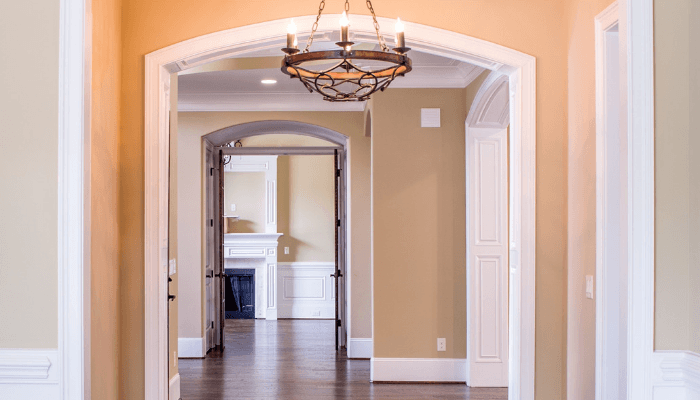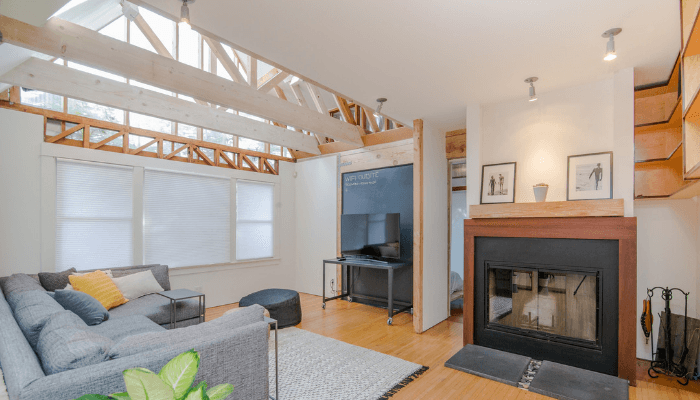Does Removing the Popcorn Texture From Your Ceilings Increase Home Value?
Everyone loves popcorn at the movies—but seeing that fluffy texture on a ceiling? Not so much.
The stippled texture known as the popcorn ceiling was popular from the 1950s through the 1980s, especially in bedrooms. Sometimes likened to cottage cheese, the bumps of this finish supposedly dampened sound, but also made it easier for builders to hide imperfections.
Nowadays, it can make selling your house more difficult, depending on the market and price range, said Timothy Schutte, a top performing real estate agent in Des Moines, Iowa and expert in single-family homes.
“It’s a vintage and aged style,” said Schutte.
It is noticed fairly quickly upon opening the door and walking in. It may not be within the first three minutes, but you see it.
Does removing a popcorn ceiling increase your home’s value? Before you roll up your sleeves and grab the putty knife and protective goggles, you should weigh whether the cost of removal is worth it given the time, cost, and potential health risk.
The pros and cons of popcorn
Not everyone is sour on popcorn ceilings. The home improvement and repair site DoItYourself.com, launched in 1995, said that this textured, spray-on finish is an inexpensive way to hide flaws in a ceiling, including leaks, cracks, damage, and just poor workmanship. They’re cheap and easy to install, and because of their acoustic properties, popcorn ceilings can cut down on sound in multi-story houses and high-traffic areas such as entryways and hallways.
But popcorn ceilings don’t handle moisture well, according to Fixr.com, an online directory of service professionals founded in 2008. In a bathroom or kitchen, both of which have a fair amount of moisture, the texture of a popcorn ceiling can loosen and eventually come down.
The biggest aesthetic drawback of a popcorn ceiling is that it tends to collect dust, dirt, and cobwebs. Because of its “crater-like surfaces,” it also casts harsh shadows, making rooms appear smaller.
“Popcorn [texture] is very hard to clean and to keep clean,” Schutte said. “It attracts dust and creates shadows. Whenever you take it off, it makes a room feel much more vibrant.”
Share








